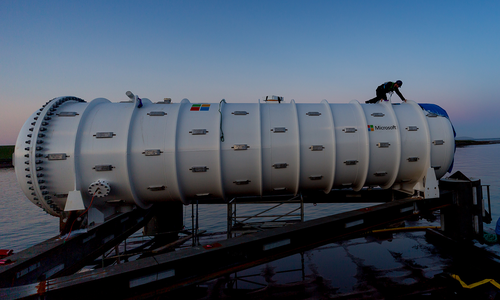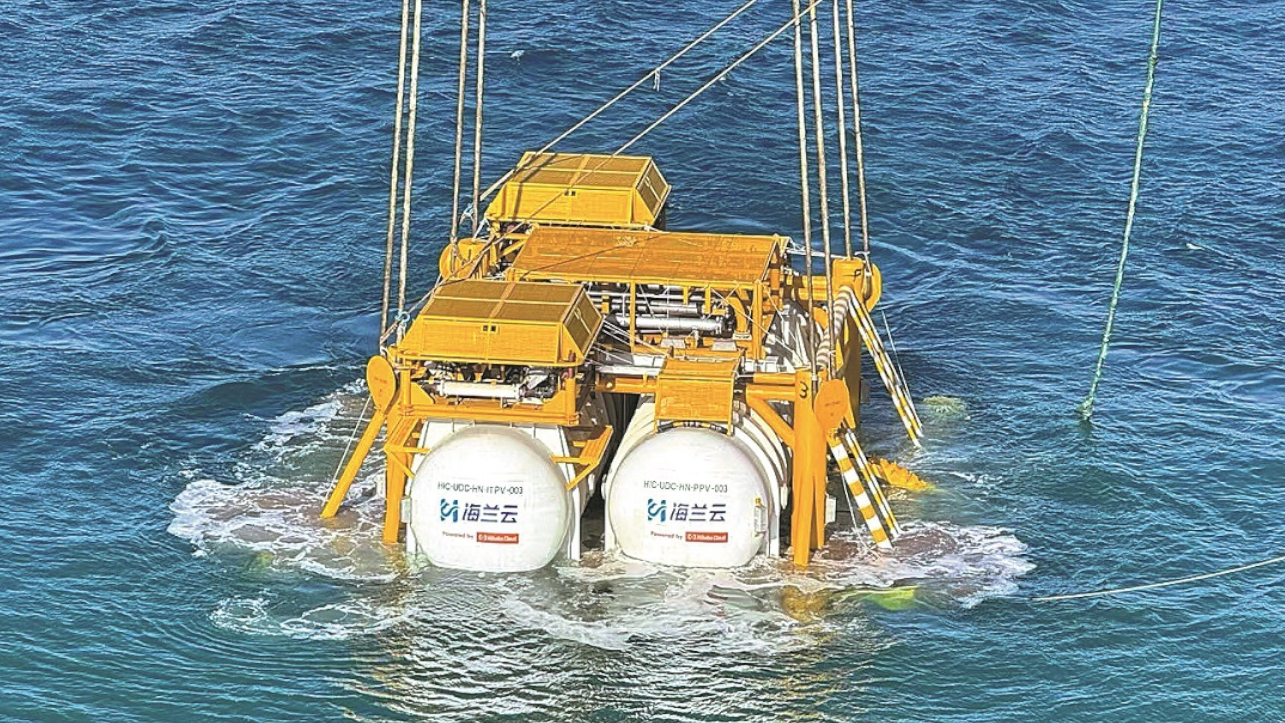Microsoft abandoned its plans to build underwater data centers. The company had begun exploring the concept in 2013, and after several encouraging experiments, launched its official project, called Project Natick, in 2015.
Despite successful experiments, the head of Cloud Operations and Innovation announced they would not build these data centers anywhere in the world. While the reasoning behind this decision remains undisclosed, she did highlight valuable learnings “about vibrations and their impact on servers.”
While vibrations likely played a part in Microsoft’s decision, it wasn’t the sole factor. In 2018, Microsoft deployed a Project Natick data center, loaded with 864 servers and boasting 27.6 petabytes of storage, to the seabed near the Orkney Islands in Scotland. After two years of operation (2020 retrieval), the project demonstrated increased efficiency and lower malfunction rates compared to traditional land-based data centers.
Microsoft’s experiement revealed significant advantages to underwater data centers. The consistent water temperature compared to land extremes extends the lifespan of the facilities and dramatically reduces cooling costs, a major expense for traditional data centers.
Despite the advantages, underwater data centers face significant hurdles. First, repairs pose a major challenge. The high cost and specialized expertise required for underwater maintenance make fixing or replacing malfunctioning components much more difficult than in traditional facilities. Second, constant exposure to wave-induced vibrations can lead to unforeseen technical issues, potentially disrupting operations.
Given the combined challenges of high construction costs, potential disruptions from the underwater environment, and expensive maintenance, Microsoft may have opted to prioritize development of ground-based data centers.
While Microsoft’s decision might dampen enthusiasm, China’s 2023 deployment of a large underwater data center project near Hainan Island suggests continued exploration of this technology. Companies like China Telecom and Tencent are reportedly already utilizing these facilities. However, the project’s long-term success remains to be seen. An unsuccessful outcome could certainly hinder future efforts in the near future.






